Home>Renovation & DIY>Tools & Equipment>What Is A Cross Head Screwdriver
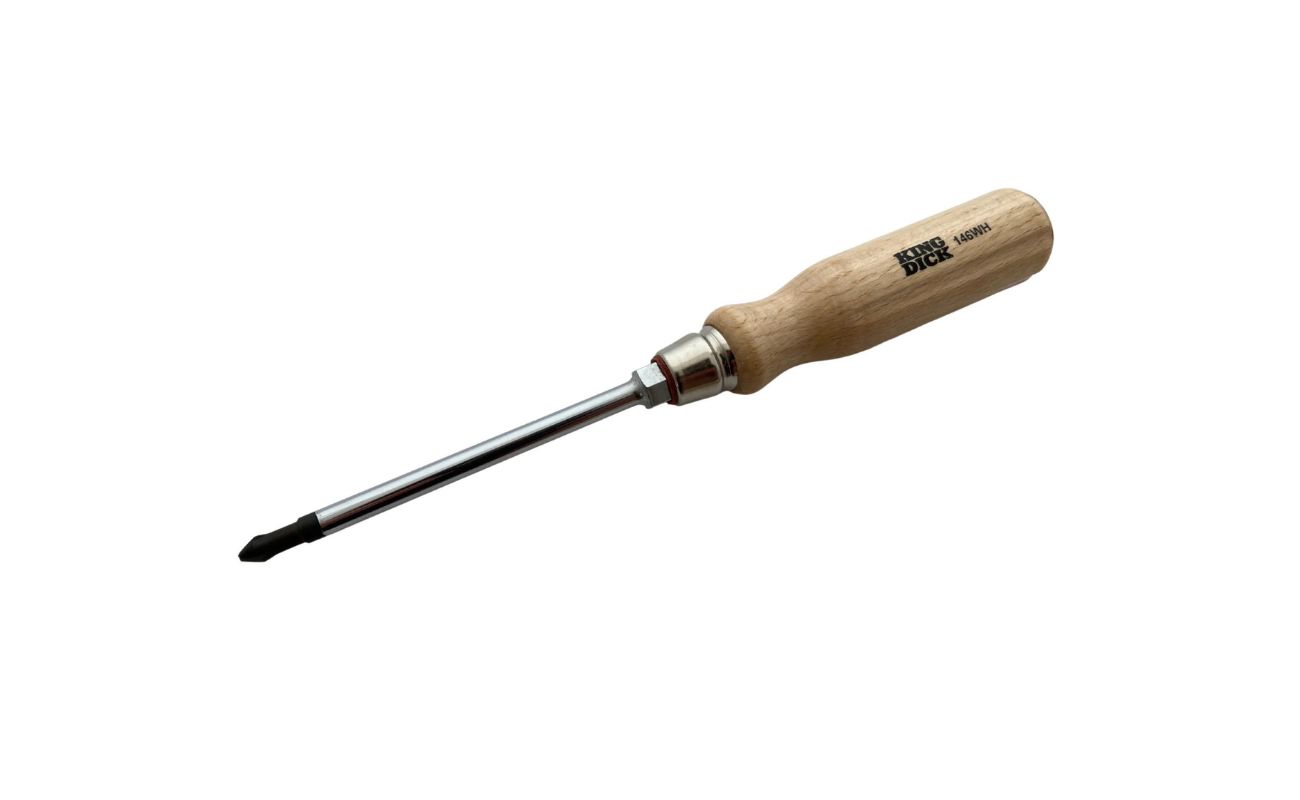

Tools & Equipment
What Is A Cross Head Screwdriver
Published: December 19, 2023
Discover the uses and benefits of a cross head screwdriver in our comprehensive guide. Find out why this essential tool is a must-have for your tools and equipment collection.
(Many of the links in this article redirect to a specific reviewed product. Your purchase of these products through affiliate links helps to generate commission for Storables.com, at no extra cost. Learn more)
Introduction
In the realm of tools and equipment, the cross head screwdriver stands as a ubiquitous and indispensable instrument. From DIY enthusiasts to professional tradespeople, this versatile tool finds its way into numerous projects, offering a reliable means of fastening and unfastening screws. Also known as a Phillips screwdriver, it boasts a distinctive cross-shaped tip that securely engages with compatible screws, facilitating efficient and secure manipulation.
The cross head screwdriver's design represents a significant advancement in the realm of fastening technology, addressing the limitations of traditional flathead screws and drivers. Its widespread adoption across various industries and applications underscores its enduring relevance and utility.
In this comprehensive guide, we delve into the intricacies of the cross head screwdriver, exploring its history, types, usage, as well as its advantages and disadvantages. By the end of this journey, you will gain a profound understanding of this essential tool, equipping you with the knowledge to wield it effectively in your own endeavors.
Key Takeaways:
- The cross head screwdriver, also known as a Phillips screwdriver, revolutionized fastening technology with its secure engagement, reducing slippage and damage to screws. It offers versatility and efficiency in various applications.
- Understanding the proper use and types of cross head screwdrivers ensures precise and secure fastening, enhancing productivity and minimizing wear and tear. However, it’s important to be aware of potential limitations and compatibility issues.
Read more: What Is A Flat Head Screwdriver Used For
History of Cross Head Screwdrivers
The inception of the cross head screwdriver can be traced back to the early 20th century, attributed to the ingenious mind of John P. Thompson. Working in collaboration with Henry F. Phillips, Thompson sought to address the inadequacies of standard flathead screws, which were prone to slippage and damage during tightening. This led to the development of the Phillips screw and its corresponding screwdriver, which featured a cruciform recess to accommodate the new design.
Introduced in the 1930s, the Phillips screw and screwdriver quickly gained traction in the manufacturing and automotive sectors due to their enhanced efficiency and reduced likelihood of cam-out, a common issue with traditional screws. The cross-shaped recess provided a more secure engagement with the driver, minimizing the risk of slippage and damage to the screw head.
As the industrial landscape evolved, the cross head screwdriver’s versatility and reliability propelled its widespread adoption across diverse applications, ranging from construction and electronics to furniture assembly and beyond. Its impact reverberated globally, revolutionizing the approach to fastening and inspiring subsequent iterations and adaptations to suit specific needs.
Over time, variations of the cross head screwdriver emerged, catering to different screw sizes and driving requirements. This evolution further cemented the tool’s status as an indispensable asset in the toolkit of professionals and DIY enthusiasts alike.
Today, the legacy of the cross head screwdriver endures, serving as a testament to the ingenuity and innovation that continue to shape the tools and equipment we rely on daily. Its enduring relevance and widespread use underscore its pivotal role in the ongoing narrative of human craftsmanship and technological advancement.
Types of Cross Head Screwdrivers
The evolution of the cross head screwdriver has given rise to various types, each tailored to specific screw designs and driving requirements. Understanding these variations equips individuals with the knowledge to select the most suitable tool for a given task, ensuring optimal performance and precision.
1. Phillips Screwdriver: The standard Phillips screwdriver features a cruciform tip with four distinct wings, designed to engage with corresponding Phillips screws. This ubiquitous tool is available in various sizes to accommodate different screw dimensions, offering versatility across a wide spectrum of applications.
2. Pozidriv Screwdriver: The Pozidriv screwdriver represents an evolution of the Phillips design, characterized by additional ribs at the intersection of the cross-shaped tip. This modification enhances the tool’s ability to transmit torque and reduces the likelihood of cam-out, making it well-suited for demanding fastening tasks.
3. Frearson Screwdriver: The Frearson screwdriver, also known as the Reed and Prince screwdriver, features a modified cruciform tip with a sharper point, allowing for a more secure engagement with compatible screws. This design minimizes the risk of slippage and damage, making it an ideal choice for marine and woodworking applications.
4. Japanese Industrial Standard (JIS) Screwdriver: Developed in Japan, the JIS screwdriver is tailored to the unique specifications of Japanese industrial standard screws, which differ subtly from Phillips screws. Its compatibility with JIS screws ensures precise and reliable fastening, particularly in electronic and automotive contexts.
5. Impact Screwdriver: The impact screwdriver, equipped with a robust construction and a striking cap, is engineered to deliver high torque with minimal effort. Its ability to withstand heavy-duty use and stubborn fasteners makes it a valuable asset in mechanical and construction applications.
6. Insulated Screwdriver: Designed with electrical safety in mind, the insulated screwdriver features a non-conductive handle, providing protection against electric shock when working with live circuits. This specialized tool is essential for electricians and anyone handling electrical installations.
These diverse types of cross head screwdrivers exemplify the adaptability and innovation that have propelled this essential tool into the modern era, catering to a myriad of fastening needs with precision and reliability.
How to Use a Cross Head Screwdriver
Mastering the art of using a cross head screwdriver is fundamental for executing precise and secure fastening tasks. Whether embarking on a DIY project or tackling professional assignments, the following steps outline the proper technique for wielding this indispensable tool:
- Select the Correct Size: Begin by identifying the appropriate size of cross head screwdriver that matches the screw head. Using an ill-fitting driver can lead to slippage and potential damage to the screw and the tool itself.
- Align the Driver: Position the screwdriver’s tip squarely within the recess of the screw head, ensuring a snug fit. Misalignment can result in stripping the screw, rendering it difficult to remove or tighten.
- Apply Firm Pressure: With a steady grip on the screwdriver handle, exert downward pressure to maintain full contact between the driver and the screw head. This minimizes the risk of slippage and allows for efficient transfer of torque.
- Rotate Clockwise or Counterclockwise: Depending on the task at hand, rotate the screwdriver in a clockwise direction to tighten the screw or in a counterclockwise direction to loosen it. Exercise caution to avoid over-tightening, which can damage the screw or compromise the integrity of the material being fastened.
- Monitor Torque: Pay attention to the resistance encountered while turning the screwdriver. Sensitivity to changes in torque can prevent over-tightening, safeguarding the integrity of the fastened components.
- Retain Stability: Maintain a stable and balanced posture while using the screwdriver, ensuring that the tool remains aligned with the screw to prevent slippage or potential injury.
- Inspect the Result: After fastening or loosening the screw, inspect the outcome to verify that the task has been executed accurately and securely. This step ensures the integrity of the fastened components and the effectiveness of the screwdriver’s application.
By adhering to these guidelines, individuals can harness the full potential of the cross head screwdriver, leveraging its precision and reliability to accomplish a myriad of fastening tasks with confidence and proficiency.
When using a cross head screwdriver, make sure to match the size of the screwdriver to the size of the screw head to avoid damaging the screw. Always apply firm pressure and turn the screwdriver slowly to prevent slipping.
Advantages of Cross Head Screwdrivers
The cross head screwdriver, with its distinctive design and functionality, offers a multitude of advantages that have solidified its status as an indispensable tool in various industries and applications. Understanding these benefits illuminates the enduring appeal and utility of this essential instrument:
- Reduced Cam-Out: The cross head screwdriver’s cruciform tip minimizes the tendency for the driver to slip out of the screw head during fastening, a prevalent issue with traditional flathead screws. This feature ensures a more secure engagement, reducing the likelihood of damage to the screw and the surrounding material.
- Enhanced Torque Transmission: The cross-shaped design of the screw and driver enables efficient transmission of torque, facilitating smoother and more effective fastening. This characteristic is particularly advantageous when dealing with stubborn or tightly secured screws.
- Versatility: Available in various sizes and types, the cross head screwdriver caters to a wide range of screw dimensions and driving requirements, offering unparalleled versatility in fastening applications across diverse industries and projects.
- Widespread Adoption: The cross head screwdriver has achieved global recognition and standardization, making it a ubiquitous tool in hardware stores, workshops, and toolkits worldwide. Its widespread availability and compatibility with a multitude of screws contribute to its enduring relevance.
- Efficiency and Speed: The secure engagement and efficient torque transmission of the cross head screwdriver expedite fastening tasks, enhancing productivity and minimizing the time required for assembly, repairs, and construction projects.
- Reduced Wear and Tear: The design of the cross head screw and driver mitigates the risk of wear and damage compared to traditional fastening methods, prolonging the longevity of both the screws and the tools used for their manipulation.
These inherent advantages underscore the cross head screwdriver’s pivotal role in streamlining fastening processes, enhancing precision, and fortifying the integrity of assembled components, thereby contributing to the efficiency and quality of diverse projects and applications.
Read more: What Is A Slotted Screwdriver
Disadvantages of Cross Head Screwdrivers
While the cross head screwdriver boasts numerous advantages, it is important to acknowledge its limitations and potential drawbacks, which can inform informed decision-making and usage considerations. Understanding these disadvantages provides a comprehensive perspective on the tool’s characteristics and implications:
- Prone to Stripping: In certain scenarios, particularly with worn or low-quality screws, the cross head screwdriver may be susceptible to stripping, where the recess of the screw head becomes damaged, making it challenging to engage the driver securely.
- Limited Compatibility: Despite its widespread adoption, the cross head screwdriver may not be compatible with certain specialized screw designs or older fasteners, necessitating the use of alternative tools or adapters to accommodate specific requirements.
- Complex Manufacturing: The intricate design of the cross head screw and driver entails more complex manufacturing processes compared to traditional flathead screws and drivers, potentially leading to higher production costs and maintenance requirements.
- Specialized Knowledge: Utilizing the cross head screwdriver effectively may require familiarity with the various types and sizes of screws, as well as the corresponding drivers, to ensure proper selection and application, potentially posing a learning curve for inexperienced users.
- Potential Breakage: Due to the increased torque transmission facilitated by the cross head design, there is a risk of exerting excessive force, leading to the potential breakage of the screw or the surrounding material if not used judiciously.
- Dependency on Quality: The performance and reliability of the cross head screwdriver are contingent on the quality of the screws it engages with, making it susceptible to issues arising from substandard or incompatible fasteners.
By acknowledging these disadvantages, individuals can approach the utilization of cross head screwdrivers with a nuanced understanding of their limitations and considerations, enabling informed decision-making and proactive measures to mitigate potential challenges.
Conclusion
The cross head screwdriver, with its rich history, diverse types, and inherent advantages and disadvantages, stands as a testament to the enduring legacy of innovation in the realm of tools and equipment. From its humble origins to its ubiquitous presence in workshops, construction sites, and manufacturing facilities, this indispensable tool has revolutionized the art of fastening and assembly, shaping the trajectory of countless projects and endeavors.
As we navigate the intricacies of utilizing the cross head screwdriver, it becomes evident that its efficacy is not merely confined to its mechanical function, but extends to the efficiency, precision, and quality it imparts to the tasks it facilitates. The proper selection and application of the cross head screwdriver, informed by an understanding of its advantages and limitations, underscore the importance of leveraging this tool with discernment and expertise.
Looking ahead, the enduring relevance of the cross head screwdriver is poised to endure, complemented by advancements in materials, manufacturing techniques, and ergonomic design. Its adaptability and versatility continue to resonate across diverse industries and disciplines, ensuring its place as an essential companion in the toolkit of professionals and enthusiasts alike.
Ultimately, the cross head screwdriver transcends its utilitarian function, embodying the spirit of innovation, reliability, and precision that characterizes the tools we rely on to bring our visions to life. As we embrace the evolution of fastening technology, we honor the legacy of this iconic tool while embracing the promise of continued advancements that will shape the future of craftsmanship and construction.
Embracing the cross head screwdriver is not merely a matter of wielding a tool, but an homage to the ingenuity and progress that define our pursuit of excellence in every endeavor we undertake.
Frequently Asked Questions about What Is A Cross Head Screwdriver
Was this page helpful?
At Storables.com, we guarantee accurate and reliable information. Our content, validated by Expert Board Contributors, is crafted following stringent Editorial Policies. We're committed to providing you with well-researched, expert-backed insights for all your informational needs.
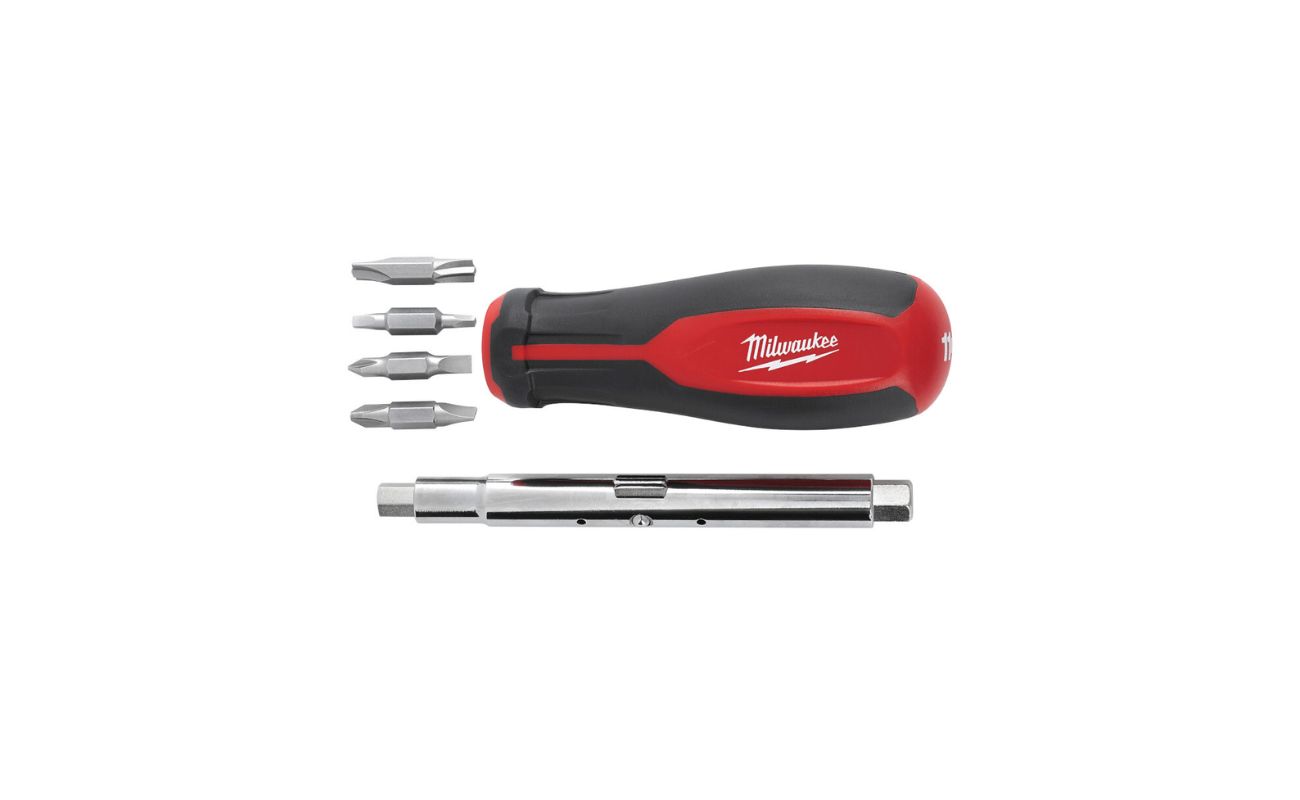
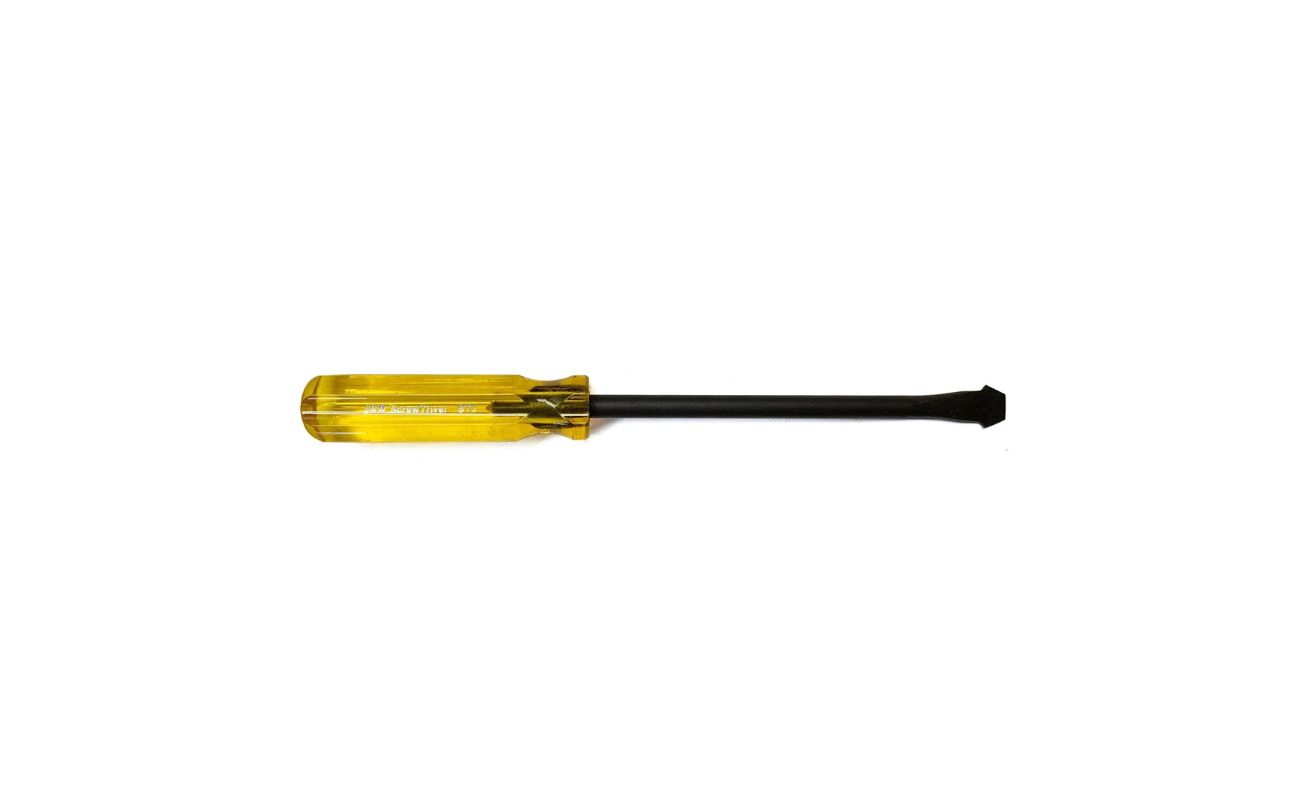
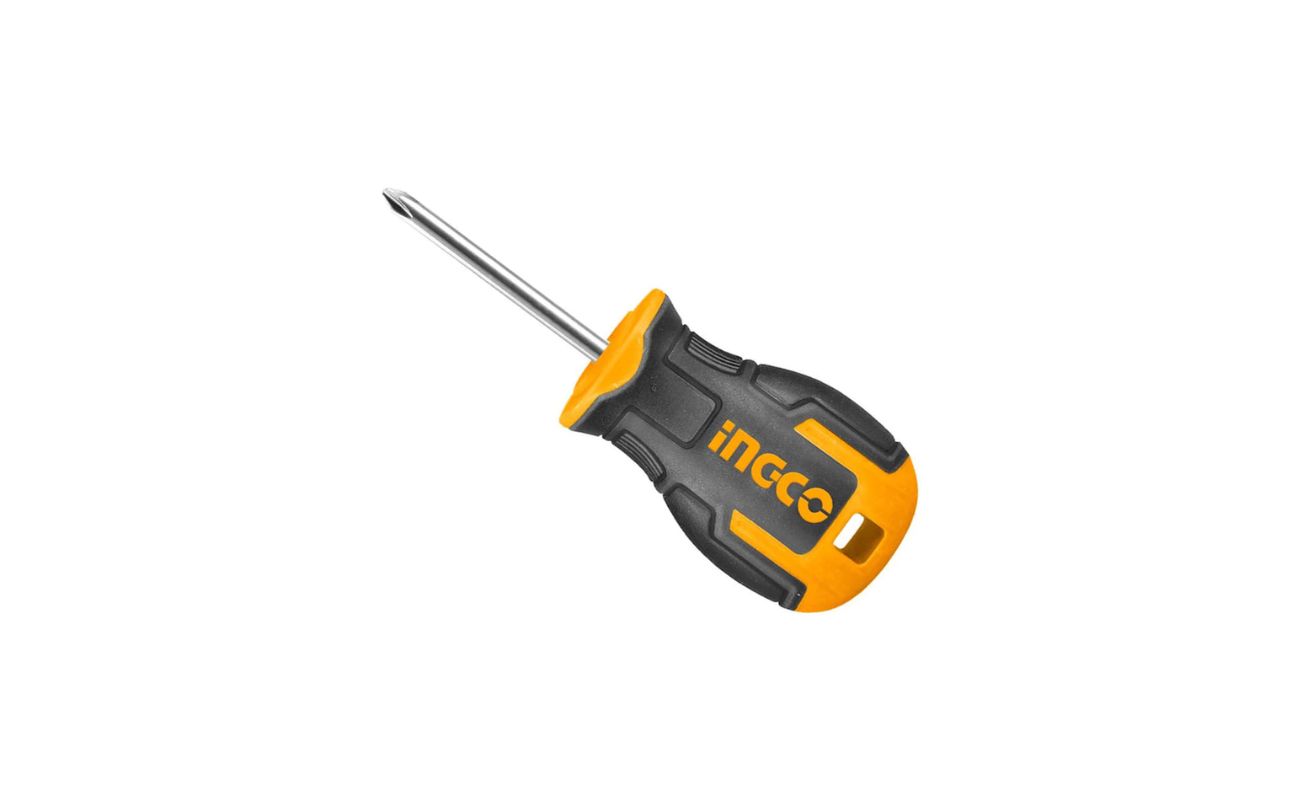
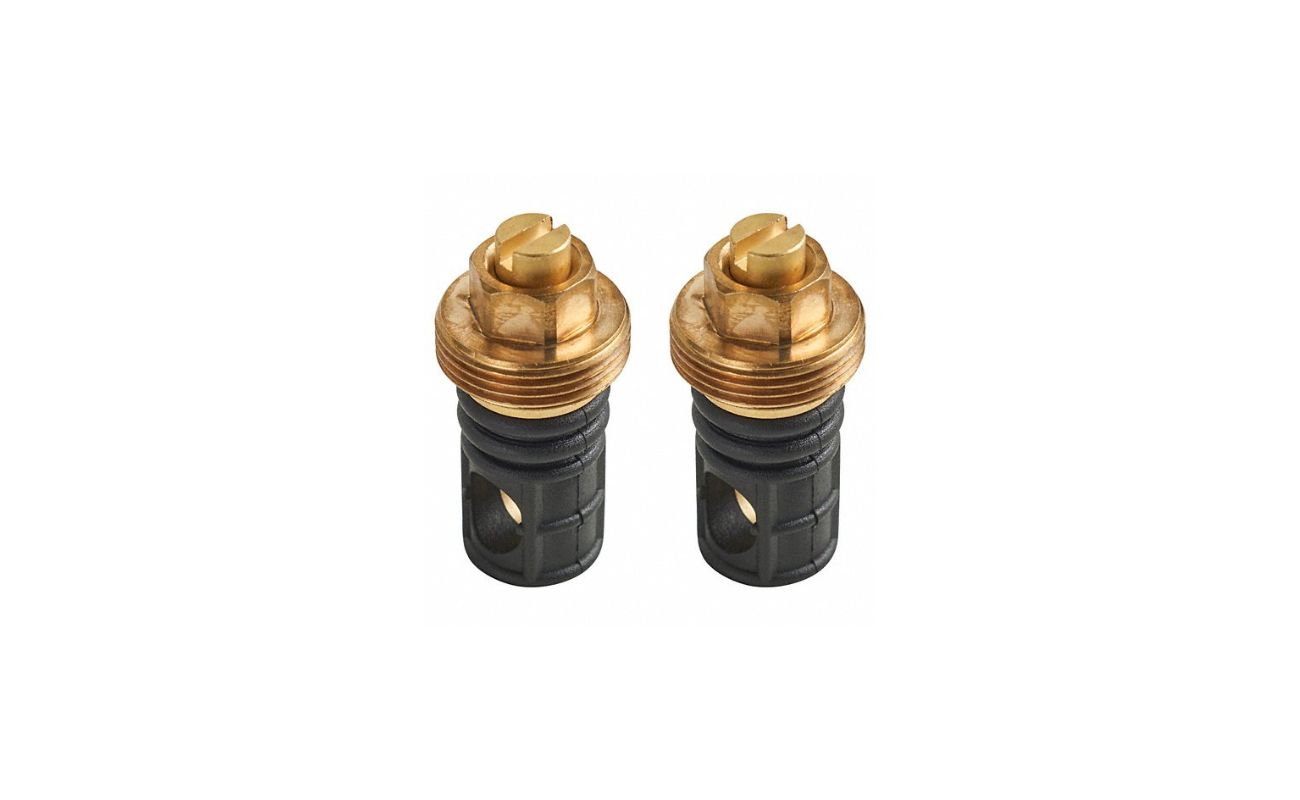

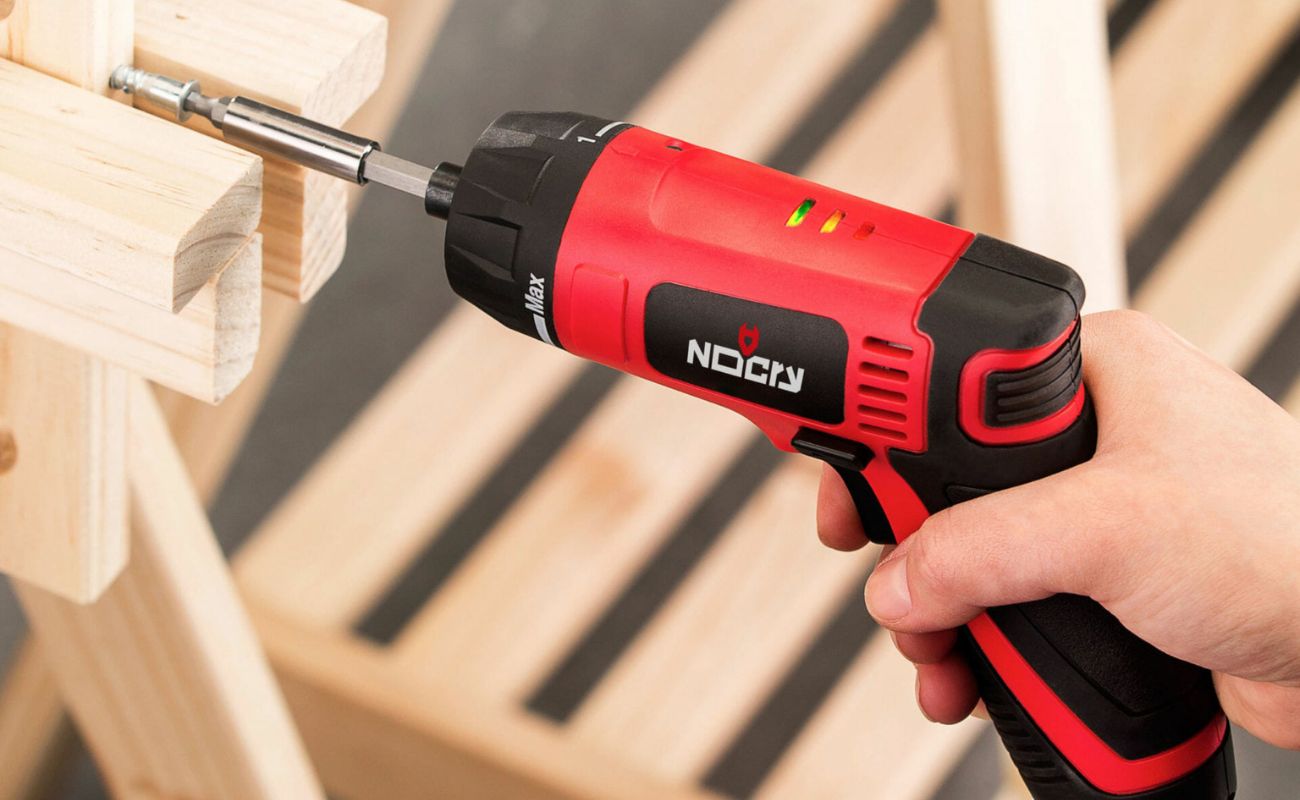
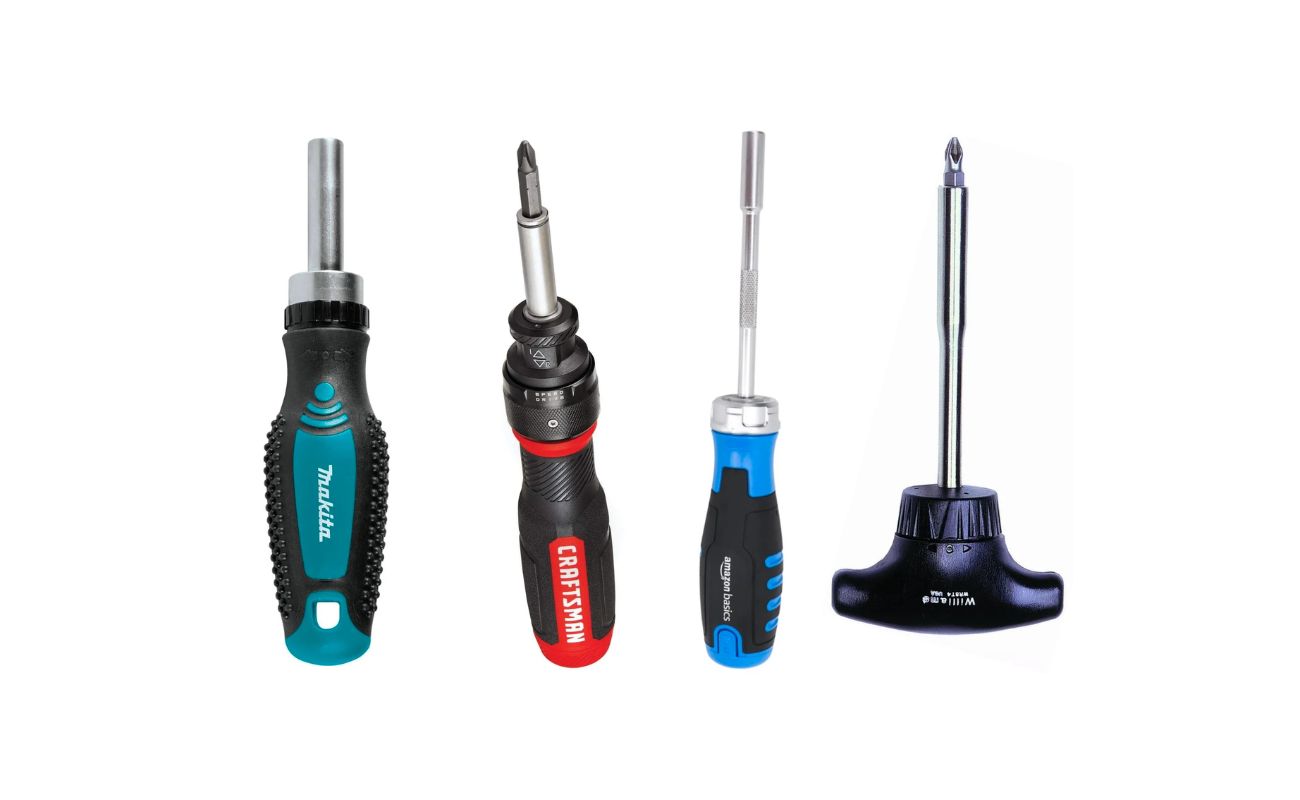
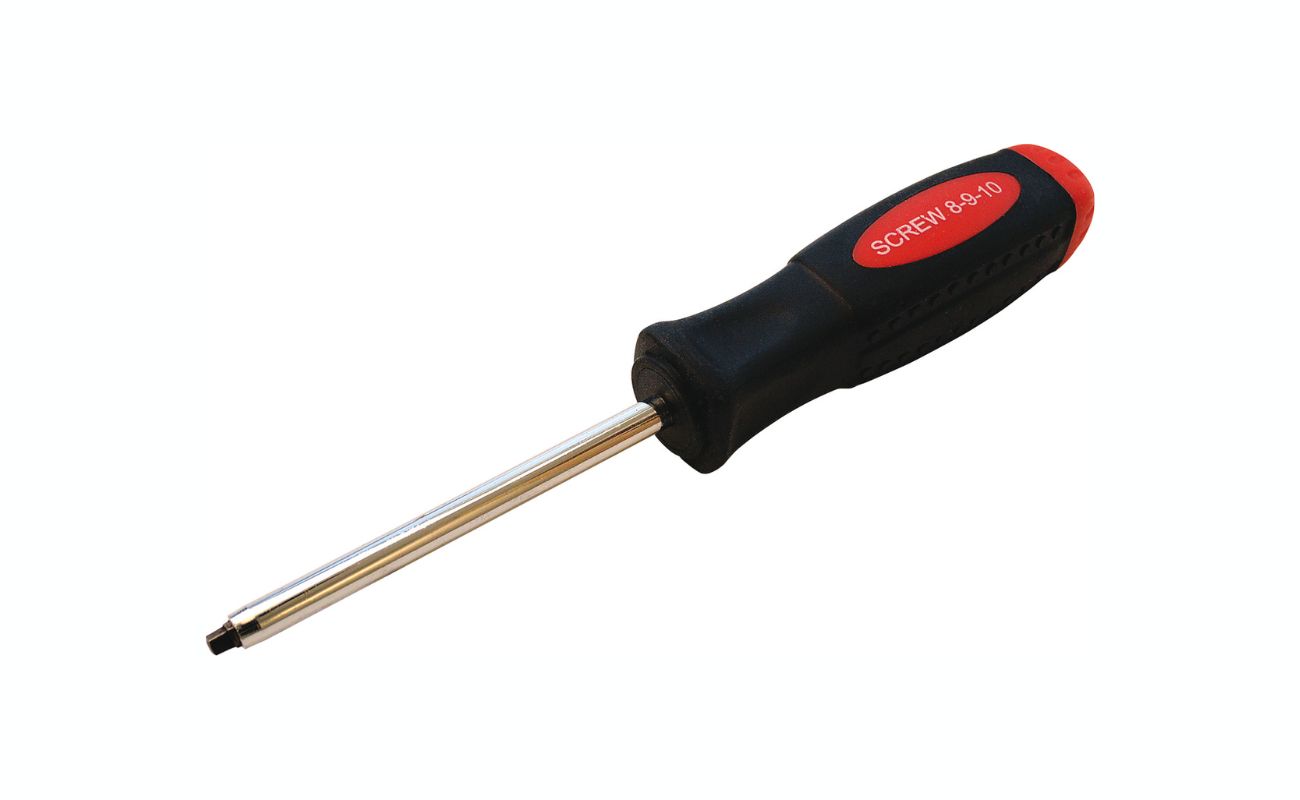
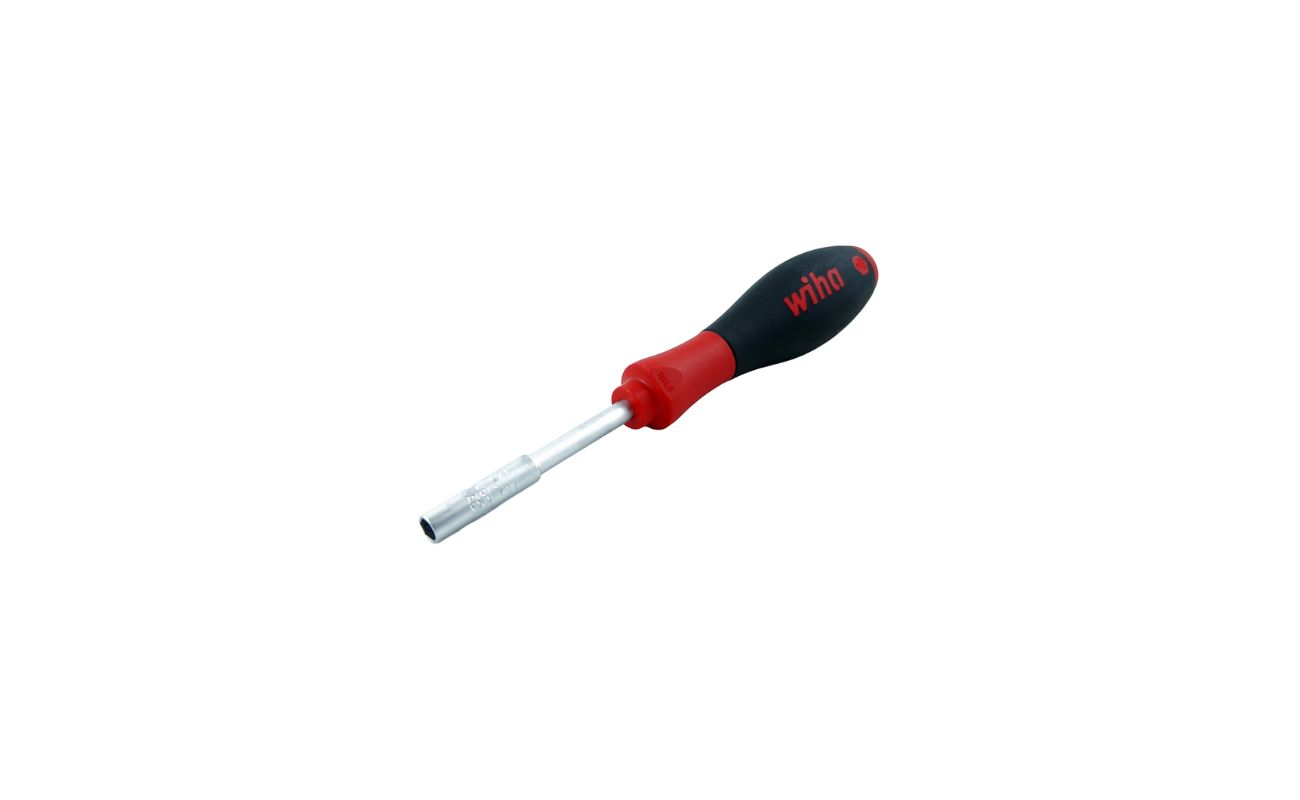
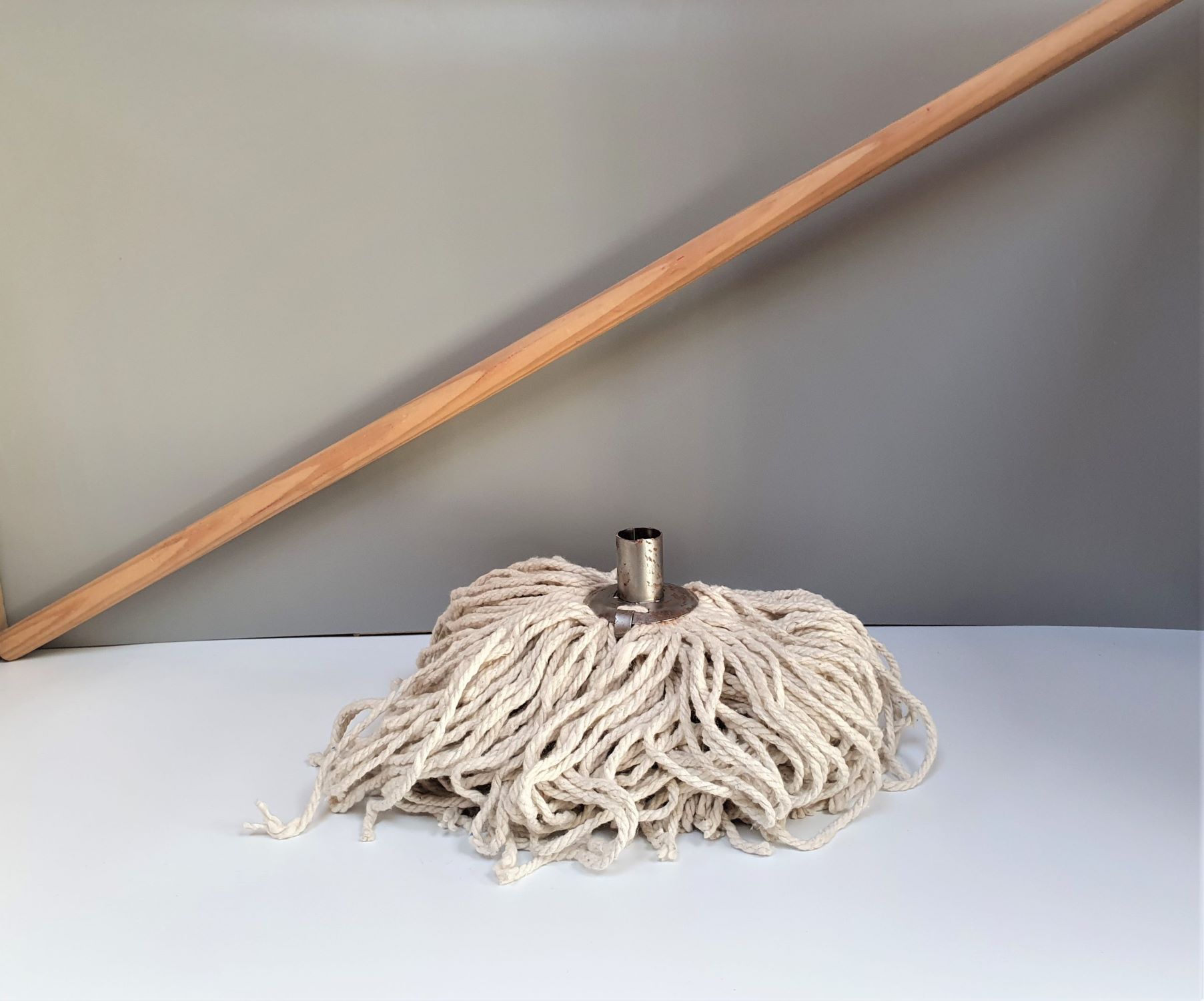

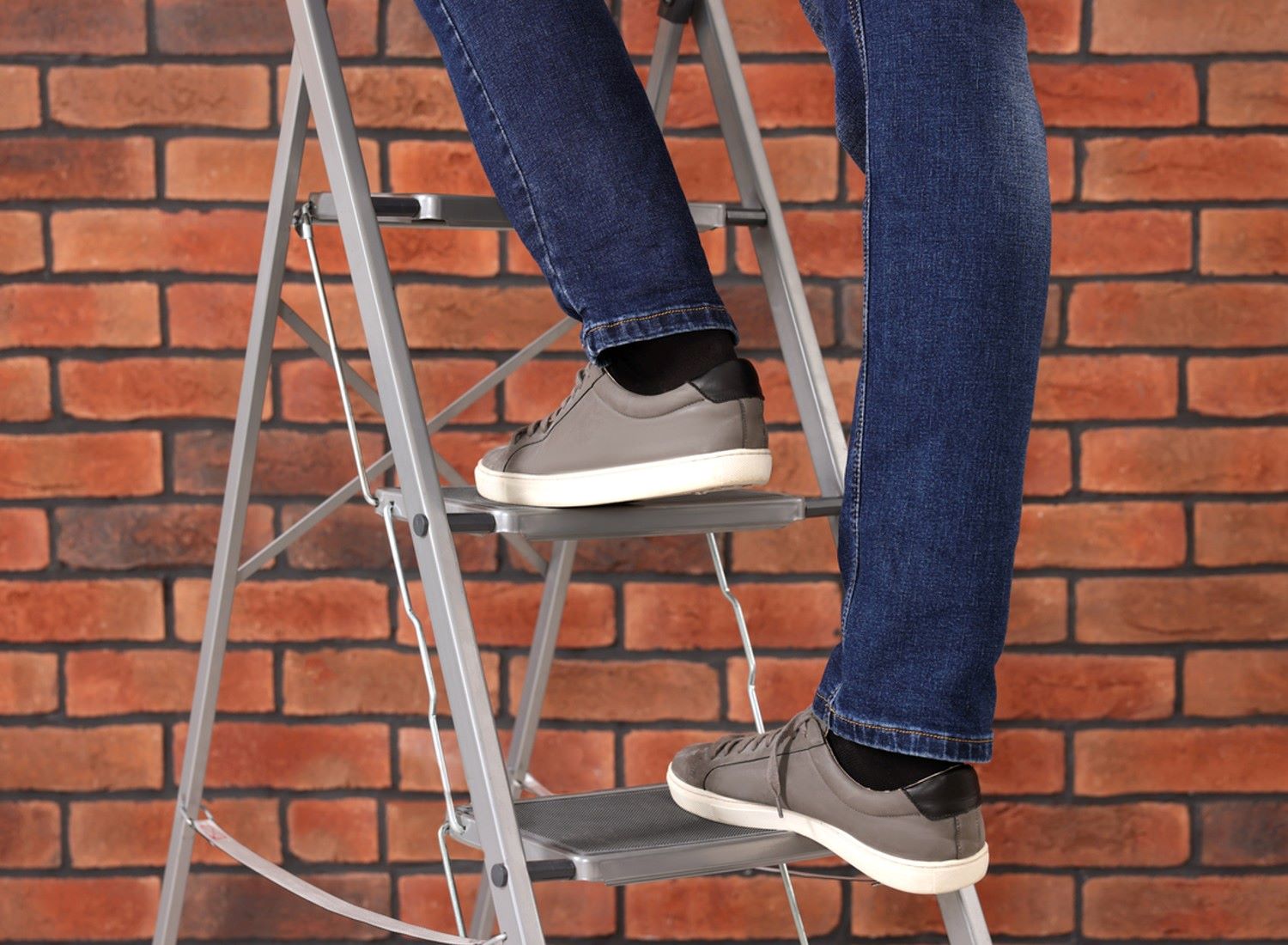
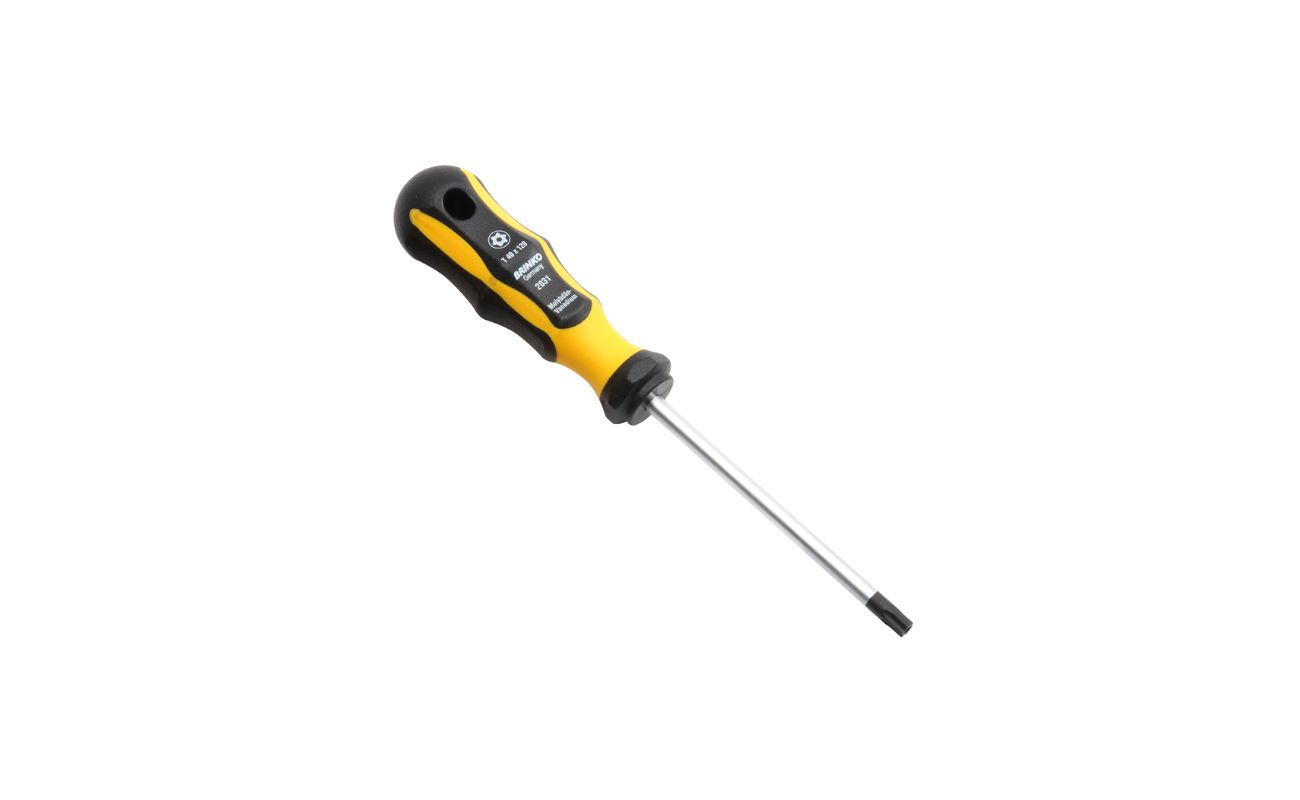
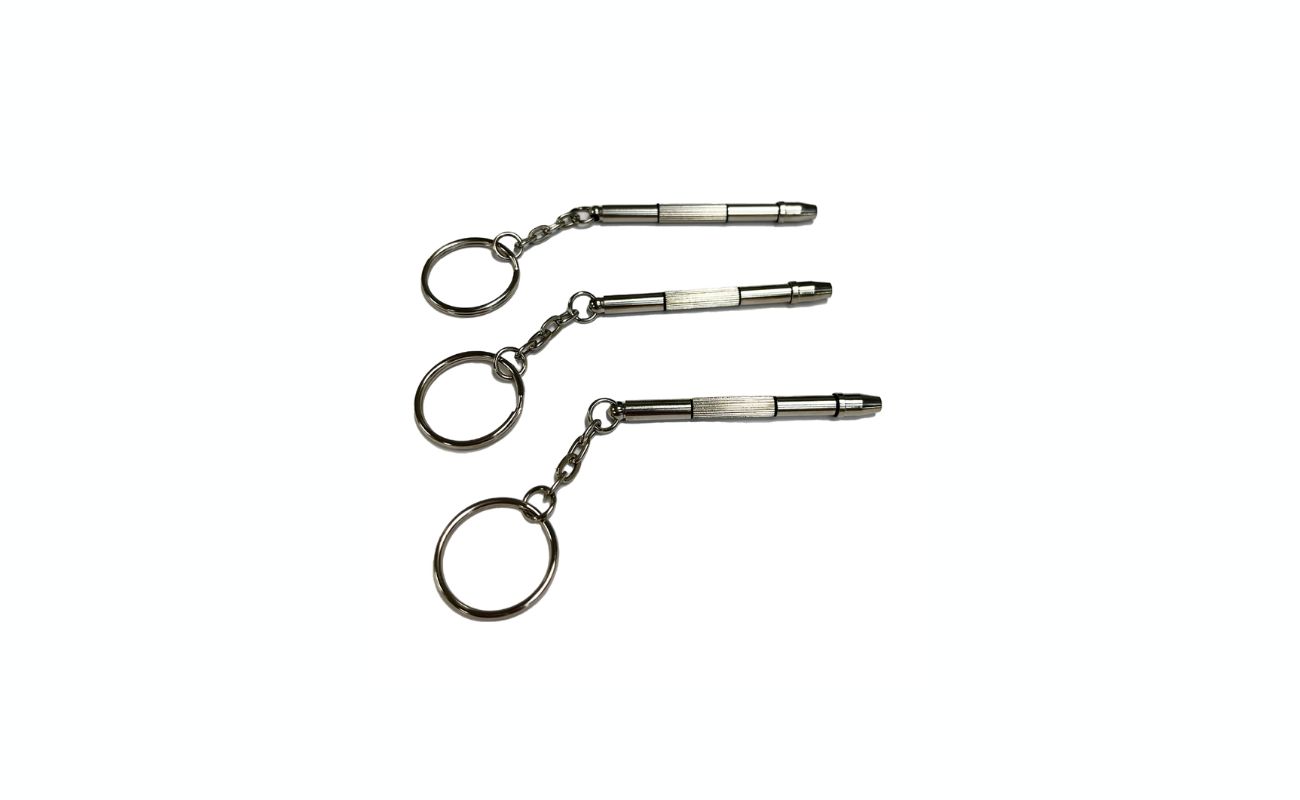

0 thoughts on “What Is A Cross Head Screwdriver”